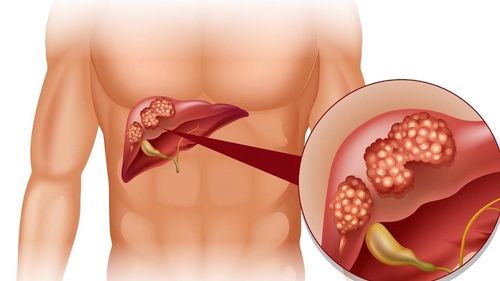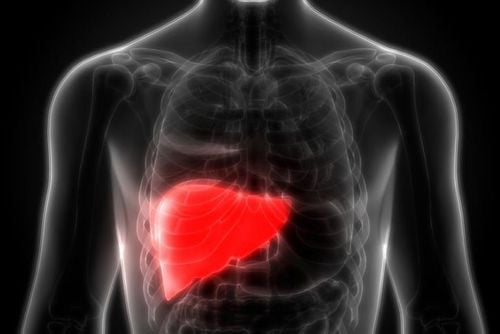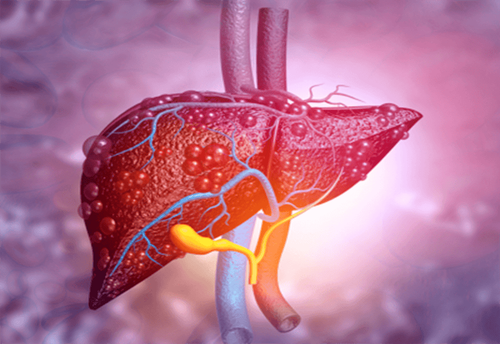This is an automatically translated article.
The article is professionally consulted by Master, Doctor Nguyen Van Phan - Head of Interventional Imaging Unit - Department of Diagnostic Imaging and Nuclear Medicine - Vinmec Times City International HospitalUltrasound is a commonly used diagnostic imaging method because of its low cost and high accuracy. With fatty liver, the ultrasound method has good specificity in detecting the disease.
1. What is fatty liver?
The liver is an internal organ that processes most of what we eat or drink, and filters out toxins in the blood. Liver function can be affected if the liver contains a lot of fat. Fatty liver is a condition in which too much fat is accumulated in the liver (when the body produces too much fat or cannot metabolize fat in time).
Fat accumulation in the liver is caused by many causes such as: alcohol, obesity, high blood fats, genetics, diabetes, weight loss too fast, side effects of certain drugs (Aspirin, Steroids, Tamoxifen) , tetracyclines). There are many methods used to diagnose fatty liver such as:
Blood test: Assessing changes in liver enzymes, which is the method that should be applied when it is necessary to find the cause of liver damage. Liver ultrasound: Fatty liver on ultrasound creates a characteristic image of a bright liver. Other imaging techniques: Computerized tomography (CT scan), liver magnetic resonance imaging (MRI). Although fatty liver can be detected, these techniques do not fully assess liver function. Biopsy: The doctor administers anesthesia to the patient, then uses a biopsy needle to remove a piece of liver tissue for cytology examination. This is the best method for diagnosis (the gold standard for diagnosis), determining the cause of fatty liver disease.
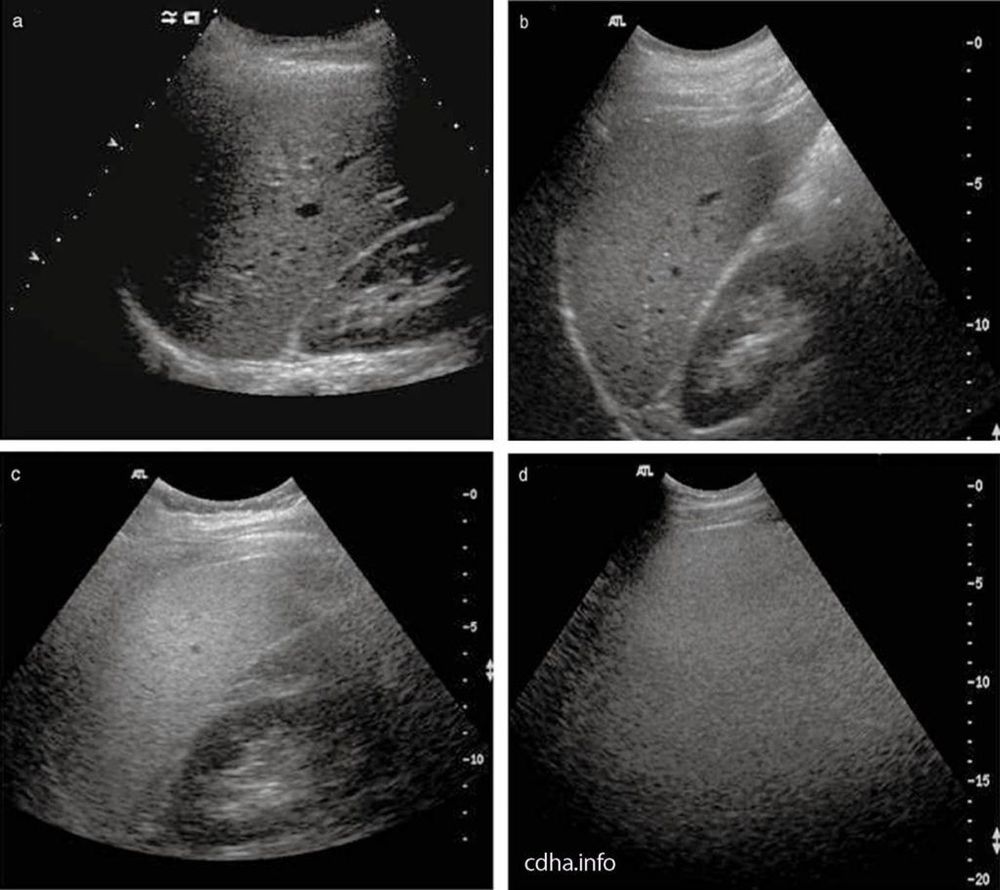
2. Overview of the liver ultrasound method to detect fatty liver
2.1. What is liver ultrasound? Liver ultrasound is a technique that uses high-frequency sound waves (ultrasound waves) to touch areas of the body in place of the liver to create images of the liver. During the ultrasound, the doctor will use the ultrasound machine and the transducer to apply to the patient's abdomen (corresponding to the position of the liver) to observe the image of the liver. The resulting images will be displayed on a computer screen, helping the doctor to detect abnormalities in the morphology and structure of the liver.MORE: Ultrasound, CT scan and MRI assess fatty liver and cirrhosis
2.2. Fatty liver image on liver ultrasound Fatty liver disease often has no specific symptoms, so most cases are detected only when performing ultrasound. The image of fatty liver on the ultrasound screen is an increase in the echogenicity of the liver parenchyma, creating a characteristic image called a bright liver. Ultrasonography depicts fatty liver based on increased brightness of the liver tissue, changes in brightness in different regions of the liver, increased brightness of liver tissue blurring the contour of the vascular structures.
Based on the phenomenon of increased brightness of the liver parenchyma on images obtained from ultrasound, fatty liver is divided into 3 levels:
Level 1: Slight increase in diffuse echogenicity of the liver parenchyma, not yet There is a large change in the level of sound absorption, the visibility of the diaphragm region and the venous border remains clear. Grade 2: Increased echogenicity and echogenicity of the liver parenchyma, the diaphragm can be seen, but the visualization of the diaphragm as well as the intrahepatic venous border is more blurred than before. Grade 3: There is a marked increase in the echogenicity and echogenicity of the liver parenchyma, the level of which is so high that the diaphragm region and the intrahepatic venous border are not visible. From the degree of fatty liver, the doctor will come up with a suitable treatment plan for each patient.
2.3. Accuracy of ultrasound in diagnosing fatty liver Ultrasound is an imaging method that depends on the evaluation ability of the doctor, so it is quite subjective. However, medicine still favors using ultrasound to diagnose fatty liver because of its sensitivity, high specificity, safety and low cost. However, in obese patients with other chronic liver diseases, the diagnosis by liver ultrasound should be carefully considered.
Besides, the ultrasound method cannot distinguish between simple fatty liver and fatty degeneration causing hepatitis. Therefore, cases of hepatitis need additional CT or MRI to make a more accurate diagnosis. In addition, blood tests to check whether liver enzymes are high or not, tests to evaluate hepatitis B, C, ... or not are also necessary options.
In particular, if the accuracy of fatty liver ultrasound is in doubt, the patient can ask the doctor to perform an examination with a different, more objective method (biopsy). A liver biopsy will take a sample of cells to look at under a microscope to calculate the percentage of cells that contain fat particles.
Fatty liver is a curable disease if detected and treated early. Therefore, it is necessary to periodically check health and perform liver function assessment tests to detect and treat the disease early. Liver ultrasound is a well-evaluated technique in the diagnosis of fatty liver.
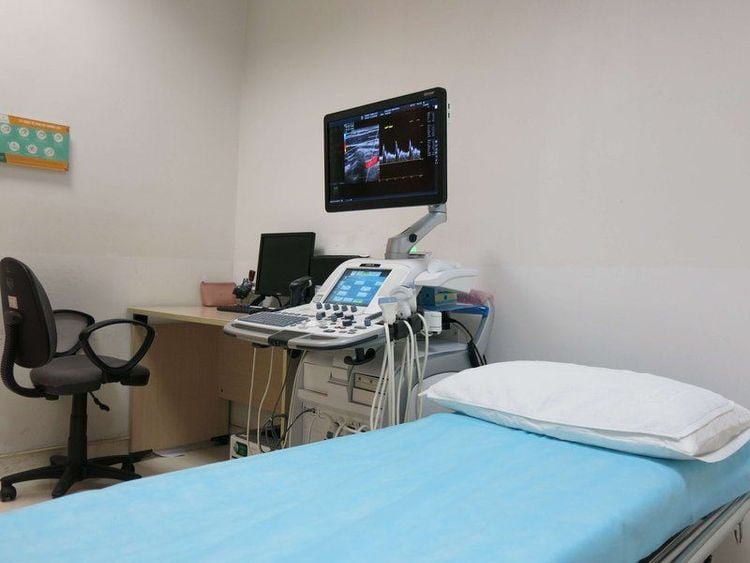
The entire examination process is performed by qualified and experienced doctors. After having an accurate diagnosis and stage, the patient will be consulted to choose the most appropriate and effective treatment methods. The treatment process is always closely coordinated with many specialties: Diagnostic Imaging, Biochemistry, Immunology, Stem Cells and Gene Technology; Department of Obstetrics and Gynecology, Department of Nutrition, ... to bring the highest efficiency and comfort to the patient.
Especially, now to improve service quality, Vinmec also deploys the package of screening and early detection of liver cancer to screen for liver cancer for people at high risk of the disease such as people with liver disease. Fatty, alcoholic, cirrhosis, family history of liver cancer, cirrhosis, hepatitis B virus infection, chronic hepatitis C,...
Customers want to learn about liver imaging methods can be contacted to Vinmec International General Hospital for service.
Please dial HOTLINE for more information or register for an appointment HERE. Download MyVinmec app to make appointments faster and to manage your bookings easily.
Reference sources: victoriavn.com, medlatec.vn, benhvien108.vn




